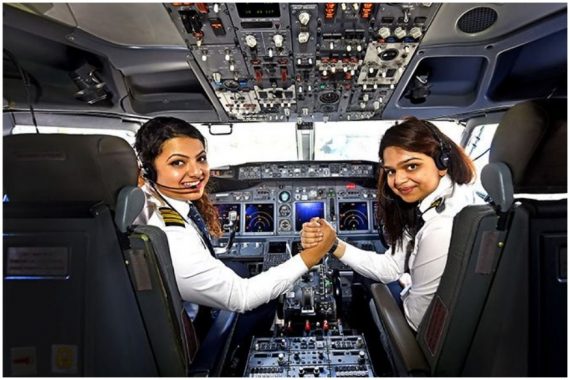
Challenging aviation
WOMEN IN AVIATION NGO is challenging the Aviation Industry through education.
How many percent of pilots are women? 3 percent? 5 percent or 11 percent? You might be surprised to find out that the country with the highest percentage of female pilots is India, with 11 percent, compared the global percentage of 3 percent and 5 percent in the United States.
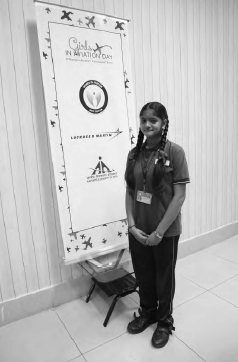
Sai Deepthi Patro, 15-year-old from Visakhapatnam, India,
“The gender imbalance in aviation is global!” says Noopurr R. Chablani, Secretary of the Indian Chapter of the NGO Women in Aviation International (WAI). She continues: “Girls in India have been encouraged to study STEM subjects (Science, Technology Engineering and Mathematics) for quite some time already, so there are a lot of high school girls with high career ambitions.” Bhatia has years of experience in travel, tourism and hospitality and wanted to give young women more career opportunities – not only as pilots or cabin crew, but also as all types of engineers, technicians, designers, strategists, air traffic controllers, operations managers, and flight care specialists, to name but a few professions in the field.
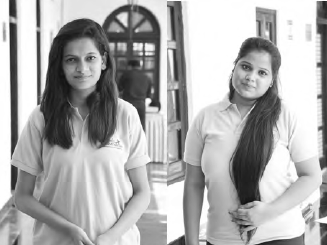
Two WAI India trainees at Girls in Aviation Day celebration celebrated at the Delhi Flying Club, September, 2017.
Bhatia herself is no stranger to CSR (Corporate Social Responsibility). She started the Bird Academy in 1988, as an educational arm of the Bird Group. Bird Academy offers diploma and certificate courses in travel and tourism, airfares and ticketing, passenger and baggage handling, air safety and emergency handling, dangerous goods regulations, as well as consultant and foundation courses certified by IATA, a trade association of world airlines. The courses range from about a month to a year in duration and Bird Academy trains roughly 3,000 students every year, guiding them from high school to finding employment across the country.
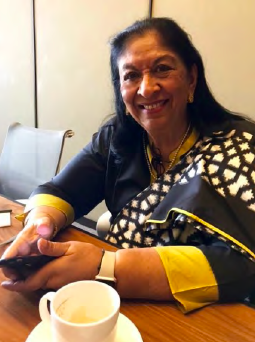
Radha Bhatia, he driving force behind Women in Aviation International, India.
Bhatia adds: “We also need to involve the girls’ families so the girls all have an advocate at home. There are still a lot of preconceived ideas about what it means for a woman to work at an airport or as an air flight attendant. Also, specialised education is long and it can take years before the girls earning a living.” There is indeed, a lot of work to do. The global aviation industry needs to update its practices to actively promote gender equality. In India, Bhatia and Chablani are challenging the status quo and inspiring others to do the same.
Bhatia adds: “We also need to involve the girls’ families so the girls all have an advocate at home. There are still a lot of preconceived ideas about what it means for a woman to work at an airport or as an air flight attendant. Also, specialised education is long and it can take years before the girls earning a living.” There is indeed, a lot of work to do. The global aviation industry needs to update its practices to actively promote gender equality. In India, Bhatia and Chablani are challenging the status quo and inspiring others to do the same.
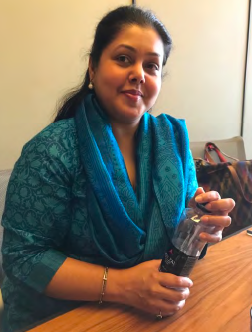
NOOPUR R CHABLANI, dedicated to gender equality in aviation.
